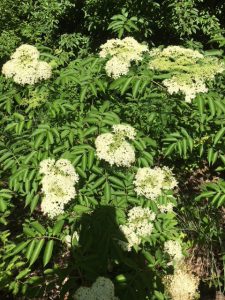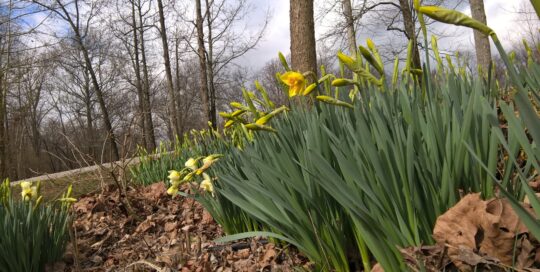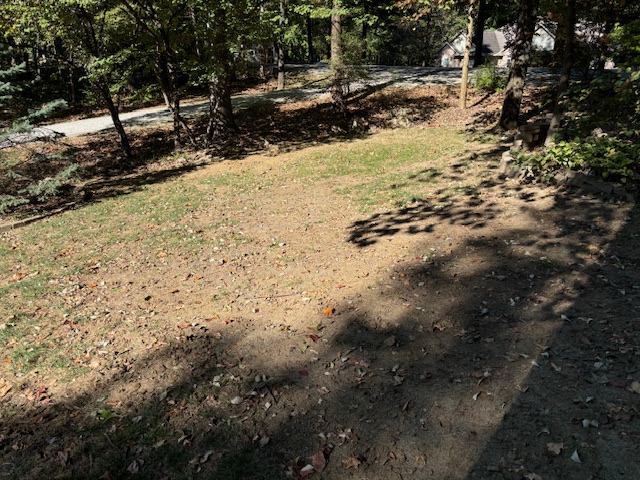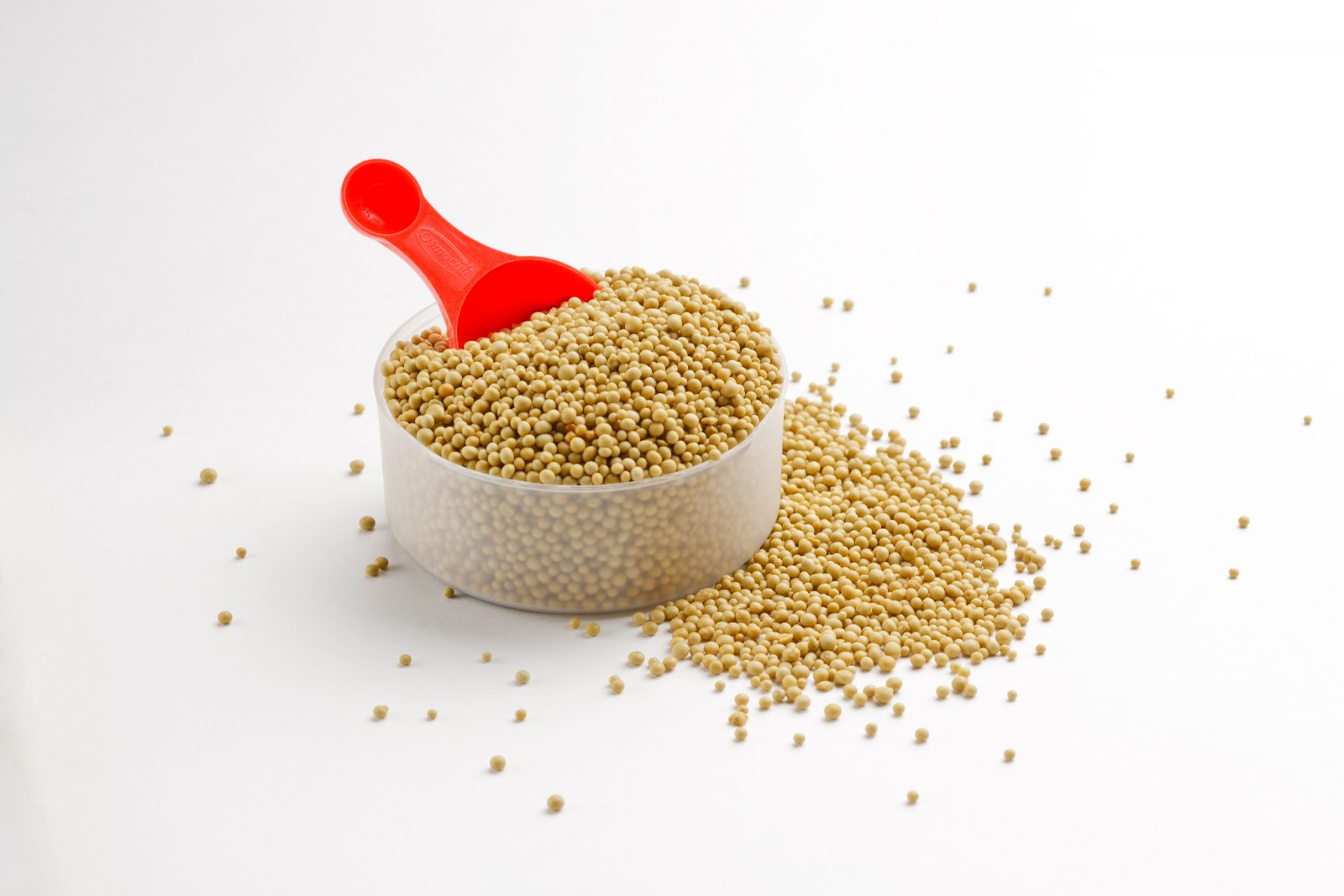Growing Trees in the Yard this Season
Views: 1087

A few years ago, I had one of my epic enthusiastic brainstorms: I would buy a large quantity of seedlings from the Indiana Department of Natural Resources, thereby reducing costs and getting a whole BUNCH of plants. Seemed genius to me. Wonderful Husband stayed remarkably silent and so I proceeded to the DNR’s website (www.in.gov/dnr/forestry/3606.htm).
After much research and some dithering, I decided to order one “Wildlife Packet”. It included ten each of American Plum, Chinquapin Oak, Common Chokecherry, Elderberry, Hazelnut, Gray Dogwood, Pawpaw, Persimmon, Ohio Buckeye, Red Oak, Shagbark Hickory, Washington Hawthorne and 5 Flowering Crabapples. If you’ haven’t been counting, that’s 125 saplings. WHAT WAS I THINKING!?!
Sapling Overload
Upon the saplings arrival, I realized I’d gotten myself into more than I’d bargained for. Fortunately, I had friends (yeah! Really!). I was able to give away a sufficient number of seedlings to my neighbors and native plant friends to make my task more manageable. Still, it took me two weekends to get them all planted. I confess I was running out of places to plant them!
Fast forward to this spring…I lost most of the saplings, but a few survived and are growing – including the elderberries which are just outstanding!
Elderberries
Elderberries (Sambucus canadensis) are native to eastern North America, a shrubby plant with opposite, pinnate leaves. It is hardy in Zones 3 to 8 and can grow to 12 feet tall. The flowers and berries have been a food and medicine source for the First Peoples and wildlife for centuries or longer (think elderberry wine and elderberry pie in more modern times).
Lately, there have been some striking ornamental cultivars developed, from our native elderberry, the European Sambucus nigra or S. racemosa, with variegated or dark foliage, double flowers, etc. Grow those for their looks, not their fruit production.
If you want fruit production, look for cultivars of our native elderberry (S. canadensis), such as Adams, Johns, Nova, York, Blue… mine are just the old fashioned wild ones, which is fine with me (and the birds).
Where do elderberries grow well? I’ve read everything from “well-drained soil” and “full sun” to “does not tolerate drought” and “part shade”. All I know is that my elderberries grow in clay soil which stays boggy until August or September, then gets hard as a rock during those dry months. They get sun only up to noon-ish and have to compete with a few much bigger Autumn olives I haven’t gotten around to killing (yet). In other words, they are NOT picky and can hold their own.
Have I mentioned they are beautiful? Right now, there are large clusters (corymbs if you want the technical term) of white flowers hovering above the bright green foliage. The blooms are being visited by bees, butterflies and I’ve even seen a hummingbird around. The deer, however, haven’t bothered it. That may be because parts other than the flowers and fruit are toxic, containing calcium oxalate crystals.
There’s a lot more to say about elderberries which will have to wait for another blog. In the meantime, Stay Green, Good Friends!
Meet Dona Bergman
Dona Bergman is a founding member, Southwest Indiana Chapter of the Indiana Native Plant & Wildlife Society, and an Advanced Master Gardener.







